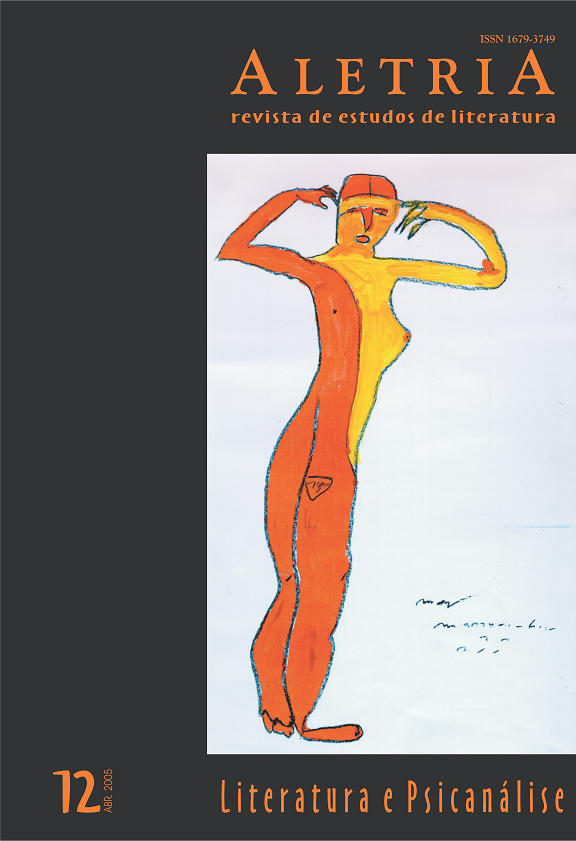A leitura de uma ficção: A história sem fim
DOI:
https://doi.org/10.17851/2317-2096.12..56-63Keywords:
imaginário e simbólico, eu ideal, ideal do eu, imaginary and symbolic, ideal ego, ego ideal.Abstract
Resumo: O autor ensaia um estudo na fronteira entre literatura e psicanálise. Para alcançar este seu objetivo trabalha o texto de Michael Ende: “Uma história sem fim”, para demonstrar como a imagem do eu é construída a partir de traços especulares e da fantasia. Ao mesmo tempo é possível clarear as funções dos traços simbólicos como a única forma de abandonar o mundo encantado das imagens. Em outras palavras, este texto é um passeio através da loucura do poder ilimitado do imaginário (eu ideal) em direção ao traço limite da identificação no simbólico (ideal do eu) que é capaz de organizar a realidade de cada sujeito.
Palavras-chave: imaginário e simbólico; eu ideal; ideal do eu.
Abstract: The author tries to make a study in the frontier between literature and psychoanalysis. In order to fulfill this purpose he works on the text of Michael Ende: “The endless history”, to show how the image of the ego is built after the traces in the mirror and the fantasy. At the same time it is possible to make clear the functions of symbolic traces as the only way to get rid of the enchanted world of the images. In other words, this text is a walk through the madness of the unlimited power of the imaginary (Ideal ego) to the limited trace of identification in the symbolic (ego ideal) that is able to organize the reality of each person.
Keywords: imaginary and symbolic; ideal ego; ego ideal.
References
ENDE, Michael. A história sem fim. Trad. Maria do Carmo Cary. São Paulo: Martins Fontes/ Editorial Presença, 1985.
FREUD, Sigmund. Edição Standard Brasileira das Obras Psicológicas Completas de Sigmund Freud. Trad. Jayme Salomão. Rio de Janeiro: Imago Editora Ltda, 1976.
JULIEN, Philippe. Le retour a Freud de Jacques Lacan. Toulouse: Littoral, sd.
LACAN, Jacques. Escritos. Trad. Vera Ribeiro. Rio de Janeiro: Jorge Zahar Editor, 1998.
TROBAS, G. Le triangle des ‘affects speculaires’. Actes d’Ecole de la Cause freudienne, n. X, Paris, 1986.
SCILICET, Paris, n.2-3, p. 103-136, Seuil, 1970. Le clivage du sujet et son identification.
Downloads
Published
Issue
Section
License
Copyright (c) 2005 Celso Rennó Lima (Autor)

This work is licensed under a Creative Commons Attribution 4.0 International License.
Authors who publish with this journal agree to the following terms:Authors retain copyright and grant the journal right of first publication with the work simultaneously licensed under a Creative Commons Attribution Non-Commercial No Derivatives License that allows others to share the work with an acknowledgement of the work's authorship and initial publication in this journal.Authors are able to enter into separate, additional contractual arrangements for the non-exclusive distribution of the journal's published version of the work (e.g., post it to an institutional repository or publish it in a book), with an acknowledgement of its initial publication in this journal.Authors are permitted and encouraged to post their work online (e.g., in institutional repositories or on their website) prior to and during the submission process, as it can lead to productive exchanges, as well as earlier and greater citation of published work (See The Effect of Open Access).





